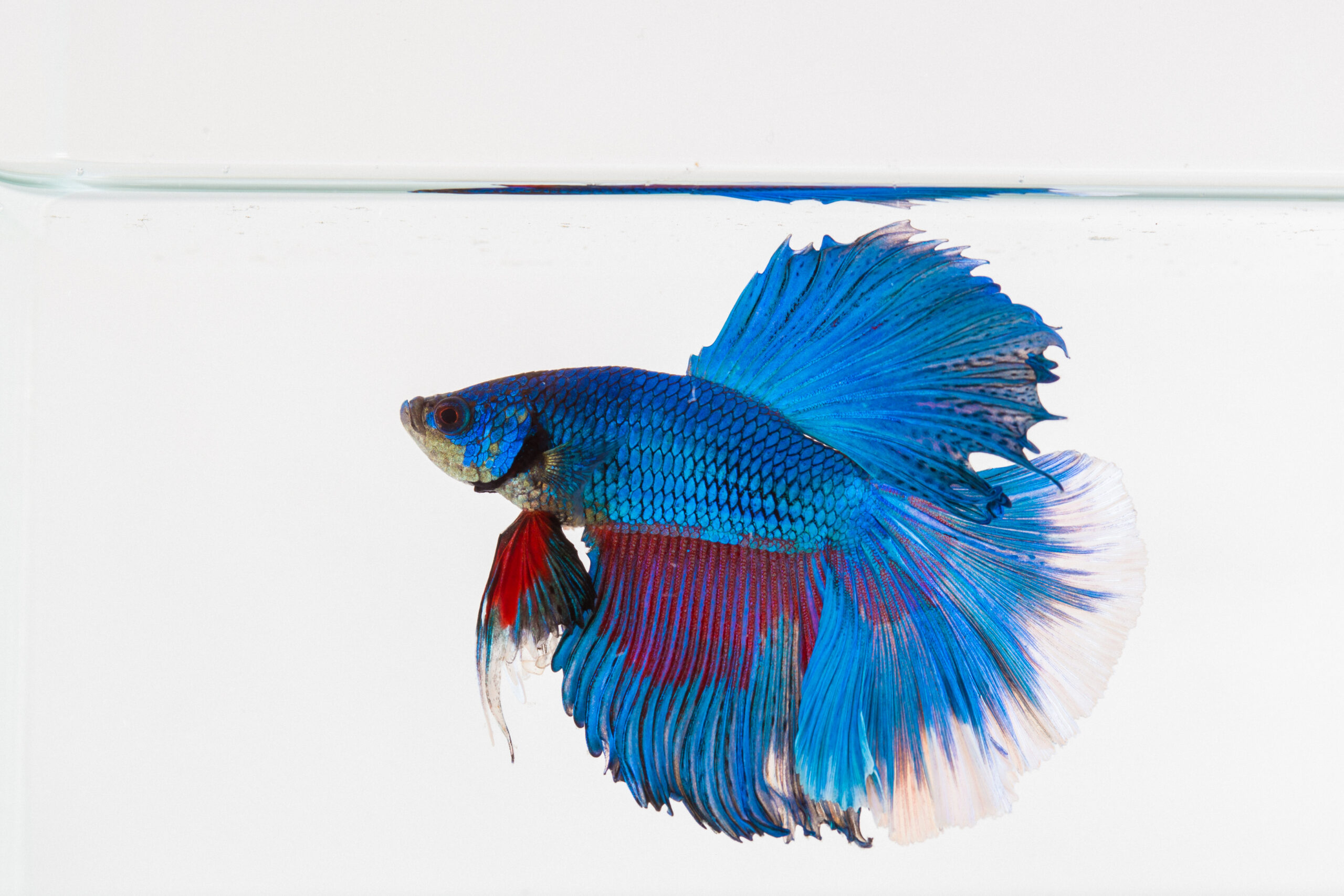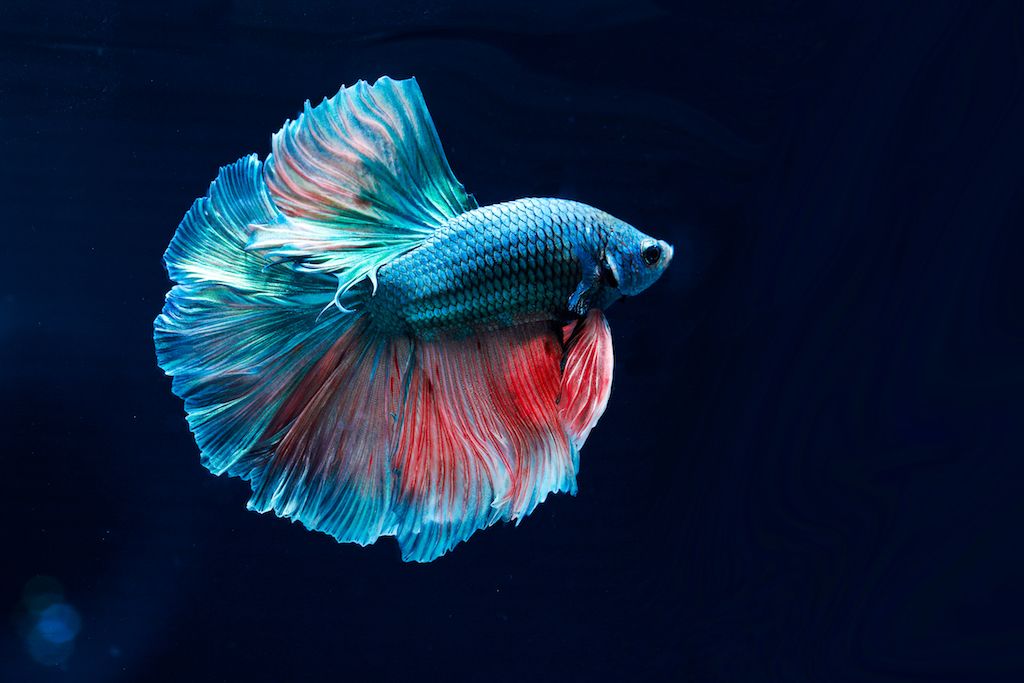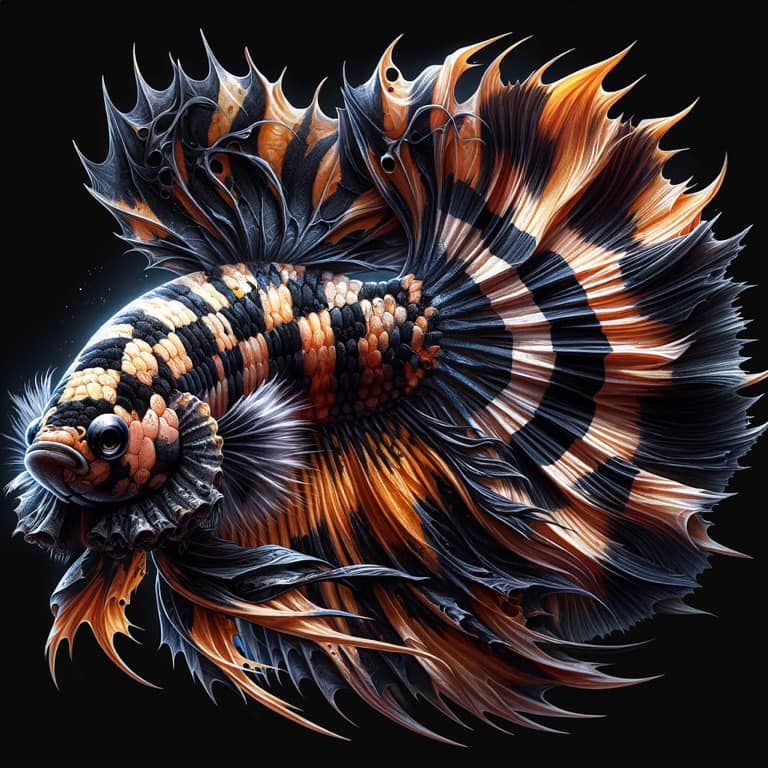Just how to Create the Perfect Betta Fish Habitat at Home
Just how to Create the Perfect Betta Fish Habitat at Home
Blog Article
Breeding Betta Fish: a Comprehensive Step-By-Step Overview to Effectively Raising Baby Bettas From Eggs to The Adult Years
Breeding Betta fish is a thorough venture that calls for mindful planning and implementation to ensure the effective advancement of fry from eggs to develop fish. Selecting genetically diverse breeding couple with desirable characteristics is only the start; creating an optimum environment and comprehending the ins and outs of the reproducing process are just as essential. As the male Betta diligently constructs a bubble nest and guards the priceless eggs, the succeeding phases of treatment and change need attention to detail and understanding of best practices. Just how does one navigate the tough yet fulfilling course of nurturing these dynamic animals to their adult years?

Selecting Breeding Pairs
When starting the journey of reproducing Betta fish, picking the best reproduction pairs is critical to achieving preferable attributes and a healthy and balanced lineage - betta fish. The initial step in this process is to identify the certain qualities you desire to enhance or protect, such as color, fin type, and physique. It is necessary to pick genetically diverse pairs to prevent inbreeding, which can cause health and wellness problems and undesirable features
Review prospective reproducing candidates carefully. A healthy male Betta must show lively colors, an active disposition, and well-formed fins, while the female should likewise display vibrant coloration and a rounded belly, showing preparedness for spawning. Observing the temperament of both fish is important, as aggressive or extremely timid people might not reproduce efficiently.
Documentation of family tree is just as crucial. Maintaining documents of the parent fish's origins can aid you track genetic traits and potential issues. Furthermore, speak with reputable dog breeders or on the internet sources for advice on choosing compatible sets. Eventually, investing time in the choice process will significantly enhance the chance of creating solid, dynamic spawn that fulfill your reproduction objectives (betta fish).

Preparing the Reproduction Storage Tank
Creating an ideal reproduction environment is a vital step after choosing suitable sets for Betta fish. The breeding tank need to be particularly created to give convenience and stimulate the all-natural reproduction behaviors of the fish. Start with a container size of at the very least 10 gallons to guarantee sufficient space for both the man and women Bettas.
Keep a mild filtering system to keep the water tidy while staying clear of solid currents that can stress the fish. In addition, an air stone can be included in provide oxygenation without interrupting the water surface area way too much.
Temperature level policy is crucial; purpose for a stable series of 78-82 ° F(25-28 ° C) using a trusted heater. The pH degree ought to be maintained in between 6.5 and 7.5, and routine water adjustments are required to make certain high water high quality.
Integrate drifting plants or generating mops to develop concealing areas for the woman, while additionally encouraging bubble nest structure by the male - betta fish. Make sure the storage tank is cost-free from sharp designs and any potential dangers, as the welfare of the fish should constantly be focused on throughout this vital phase of reproduction.
The Breeding Refine
Typically, the breeding process for Betta Learn More Here fish involves a series of unique and visible actions that show readiness for recreation. The male Betta begins by building a bubble nest home at the water's surface, which acts as a website for the fertilized eggs. This nest is essential, as it provides a safe environment for the eggs up until they hatch.
Once the nest is developed, the man will show courtship actions, such as flaring his fins and showing lively colors to draw in the lady. The female, upon picking up the man's preparedness, will certainly respond by presenting vertical red stripes along her body, signaling her receptiveness.
When the female techniques, the male participates in a mating dancing, frequently resulting in an accept referred to as the "spawning." Throughout this accept, the woman launches her eggs, which the male fertilizes promptly. The fed eggs then are up to the bubble nest, where the male carefully collects and returns them to the nest. Following this, the male assumes responsibility for guarding the nest and making certain the safety and security of the eggs till they hatch, typically within 24-36 hours. This stage is crucial in the breeding process, laying the structure for successful fry growth.
Taking Care Of Betta Fry
Taking care of Betta fry needs cautious interest to their setting and nutrition to make sure healthy growth and growth. After hatching, Betta fry are exceptionally small and at risk, requiring a secure and clean habitat. Maintaining a water temperature level in between 78 ° F and 80 ° F is vital, as Betta fry prosper in warm problems. Furthermore, guarantee that the water is free of unsafe contaminants; regular water changes of 10-20% are recommended to maintain optimal water top quality.
Feeding Betta fry is just as vital. Feed them small quantities a number of times a day, being cautious not to overfeed, which can lead to water high quality issues.
Transitioning to Grownup Bettas
As Betta fry fully grown, transitioning them to adult Bettas is an important phase that requires careful management of their environment and social interactions. This process generally starts when the fry get to around six weeks old, whereupon they can be slowly company website presented to an extra structured living atmosphere.
To facilitate this change, it is important to make sure that the water specifications-- such as temperature level, pH, and ammonia levels-- are ideal and secure. Adult Betta fish flourish in warm water (around 78-80 ° F) with a pH of 6.5 to 7.5. Slowly adjust the fry to these problems to decrease tension.
Social communications are another vital element; male Bettas are infamously territorial and aggressive. It is a good idea to different men into private containers as they mature. Female Bettas can be housed together, however treatment should be required to monitor for indications of aggressiveness.
Additionally, nutritional adjustments need to be made as the fry expand. Incorporate top quality pellets and live foods to sustain their growth and health. By taking care of these factors effectively, you can advertise a successful change to their adult years for your Betta fish.

Final Thought
Successful breeding of Betta fish needs mindful attention to detail throughout the whole process, from selecting genetically diverse sets to giving optimum take care of fry. By making certain suitable reproduction conditions and maintaining water quality, the likelihood of healthy and balanced offspring raises dramatically. In addition, a well balanced diet regimen and steady adjustment to grown-up settings are essential for the development and advancement of Betta fish. Following these actions carefully fosters a flourishing population of Betta fish, boosting both their wellness and vigor.
Report this page